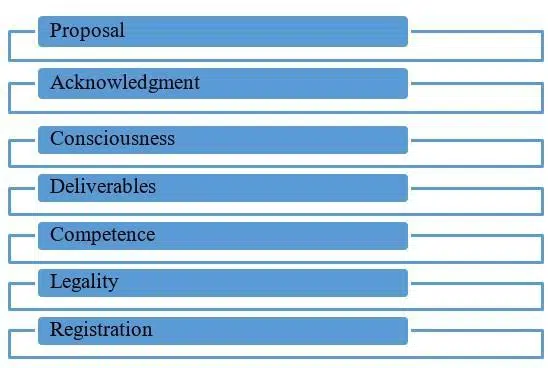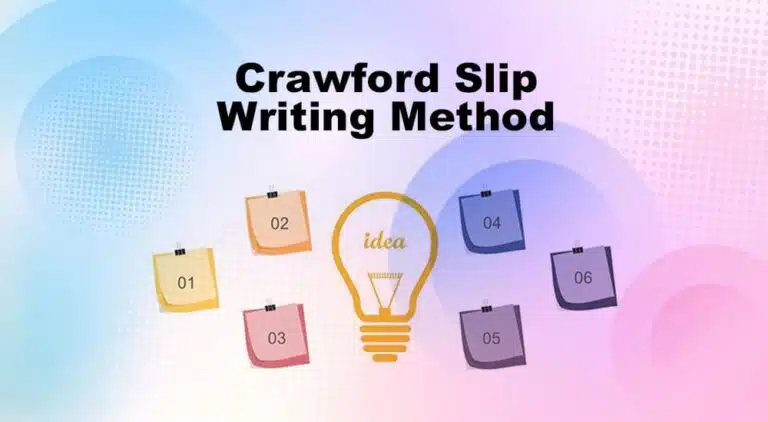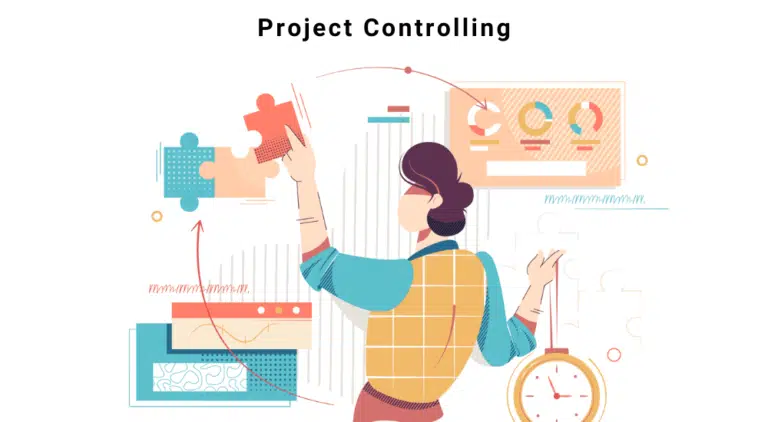A contract is an agreement between a buyer and a seller that is legally enforceable and safeguards both parties’ interests. Before engaging in a legally binding agreement, a project manager must have a thorough understanding of the contract and elements of a contract.
A written agreement that can be enforced by the law on parties who are working together to achieve a common goal is called a contract. Every party should uphold their end of the bargain to steer clear of disputes, fines, and legal battles.
A contract can be of the following types:
- Verbal Contract
- Written Contract
- Verbal-Written Contract
Verbal Contract: Often, a handshake can seal the agreement. It is not uncommon to find a verbal contract; however, there is no reference to the agreement during a conflict. Verbal contracts lack detail.
Written Contract: This contract is in written format and documents rights, obligations, and decisions. It details every aspect of the project, including its duration, scope of work, payment terms and conditions, etc.
Verbal-Written Contract: This contract combines both written and verbal contracts; here, only key aspects of the business are written, and others are just verbalized. Both parties understand the assignment and can easily refer to the brief written copy when needed.
It is essential to have a written contract.
Verbal agreements are not legally binding unless proven in a court of law. This is the case in most situations where verbal agreements are made. Therefore, the contract needs to be written down so that it can be understood more easily and so that it can serve as a legal reference.
7 Essential Elements of Contract
A well-drafted contract contains the following elements:

#1. Proposal
A proposal from the seller to the buyer is the first step in forming a contract.
The vendor will provide specifics on the offer and describe in the proposal how they intend to finish the project while simultaneously satisfying all of the specified technical and quality requirements.
A simple example can be party “A” renting a car from party “B” for 100 USD daily.
#2. Acknowledgment and Acceptance
Following the presentation of the proposal, the buyer will indicate whether or not they accept the offer. An offer can only be accepted by personnel with the appropriate authorization. When a contract is signed by all of the parties concerned, only then does it become legally binding.
Any deviation from the contract terms or additions made after it has been approved are null and void, except for situations in which both parties agree to make revisions.
#3. Consciousness
In the US, for a contract to be binding, all parties must have “a meeting of the minds.” All concerned parties involved in a contract must understand that:
- They are entering a contract
- The contract is legally binding
- The contract is being entered free of any persuasion, coercion, or compulsion
- The contract is to be upheld
- Failure to keep their end of the legal promise may attract penalties
If awareness is not established, the contract is void. If any party in the contract agrees under any pressure or misinterpretation, the contract is invalid.
#4. Deliverables
These deliverables are contractual factors, and they are expected to be achievable. If the deliverables cannot be accomplished, the contract is null and void and of no legal effect.
In addition to this, there must be a method of payment for these deliverables, and this method of payment should be outlined in the contract.
#5. Aptitude and Competence
Aptitude is the capacity to get something done.
The authorized signatories must have legal competence, capacity, and the right aptitude.
They should demonstrate a good understanding of the terms and conditions applicable to the contract. If the capacity of authorized personnel is lacking, the contract is null and void.
Examples of groups seen to lack legal competence are:
- Minors that fall below the allowed age range
- Persons with cognitive and reasoning disabilities
- People under the influence of alcohol or drugs
#6. Legality
In the USA, all contracts are subject to the laws of the jurisdiction where they are signed. However, there are occasions when federal and state laws in the United States do not coincide with one another. When this occurs, the Contract Clause of the United States Constitution will govern.
To ensure that a contract is legal, it must both exist and be carried out within the confines of the law for it to be valid.
When one of the parties to a contract departs from the originally agreed upon the jurisdiction, the contract is no longer legally binding. It is unacceptable for a contract to have any element of conduct that is unlawful or dishonest.
#7. Registration
Legal formalities and protocols should be followed. The attestation and registration of a contract is an important step that should not be overlooked.
How to Write a Contract Including Elements of Contract?
You can follow the following steps to write a contract:
10 Steps to Write a Contract
#1. Determine Projects Scope
You can review the minutes of the meeting where the product scope was discussed to understand the scope of work. You can have meetings and brainstorming sessions with key stakeholders if required.
#2. Select the Type of Contract
Determine the type of contract that is best for your project.
#3. Provide Key Information
The introduction should include the following key information.
- The name of the contract
- Legal names of all the involved parties/ businesses
- Business type description, if it’s an Ltd, Int. or Inc.
#4. Detail the Agreement
This step answers the questions about what, how, why, when, and whom. State who is signing the contract, the receiver, the expected delivery, the scope of work, the timeline, etc.
#5. Mention Payment Terms & Conditions
The specific amount and how often payment will be made should be clearly stated.
#6. Mention the Contract Duration
Decide if the contract is a one-time or a continuous one. If it is one time, mention the duration of the contract.
#7. Include Alternative Dispute Resolution
There is no set schedule for when conflict will occur. Include a mechanism for alternative dispute resolution so that both parties can access it in the event of a disagreement. If this does not resolve the issues, they can go to court. A contract should take the initiative to state the laws used to resolve any disputes that may arise.
#8. Give Room for Negotiation
Time to review the contract by both parties should be set aside, so negotiation can be made regarding the terms and conditions.
#9. Authorize the Contract
At the end of the contract, leave a space for the dated signatures of all authorized parties.
#10. Ensure Confidentiality
Make two copies of the contracts to be signed by both parties. The buyer and seller will keep their copies for future reference.
What Elements of Contract Make a Contract Enforceable?
The contract is legally binding and enforceable if it has all of the aspects discussed previously.
To ensure that a contract is enforceable under the law, it is not always essential to go through a cumbersome procedure. When all of the elements listed above are met, a handwritten agreement on a piece of paper has the potential to be legally binding.
Conclusion
We have gone over important aspects of the contract so that you may make certain that these aspects are included in your contract; failing to include any of these aspects could render your contract invalid. A contract can be written or oral and legally binding if it complies with the rules and regulations of the place.

I am Mohammad Fahad Usmani, B.E. PMP, PMI-RMP. I have been blogging on project management topics since 2011. To date, thousands of professionals have passed the PMP exam using my resources.







